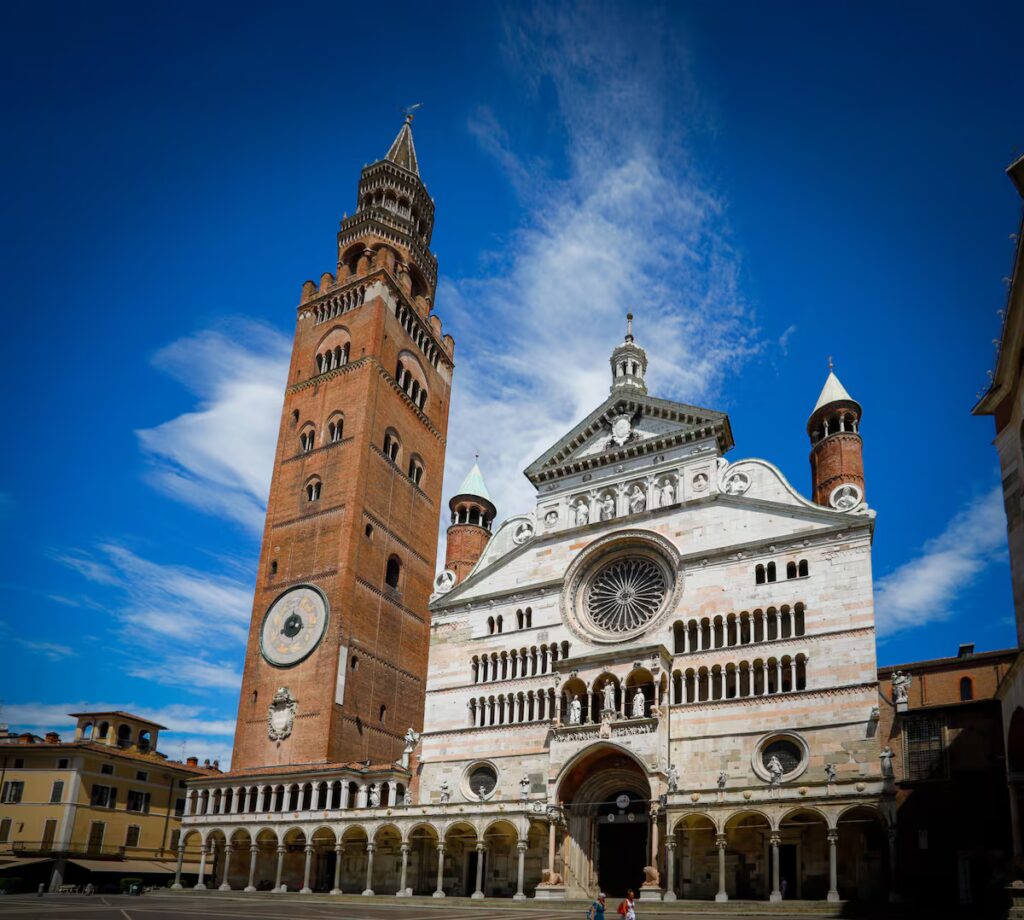
Literature has known for centuries the narrative power of objects: heirlooms, letters, instruments or works of art capable of altering the lives of those who own them. In The mystery of the last Stradivarithat lineage acquires a new dimension through a violin that passes through wars, plagues and silences, and which emerges at the center of a historical thriller that combines crime, music and historical memory. The reader thus discovers that following the trail of an exceptional instrument means crossing three centuries of greed, hopes and human tragedies until reaching a police case as real as it is shocking that happened in Paraguay.
The new novel by the Argentine poet and playwright Alejandro G. Roemmers – published by Planeta – is based on a true event that shocked Paraguayan society, the murder of the antique dealer and luthier Bernard Raymond von Bredow and his teenage daughter in the city of Areguá in October 2021, a crime linked to the theft of Stradivari violins. This fact is the germ from which fiction arises, but it soon becomes a starting point towards a much more ambitious narrative architecture that won the Nobel Prize for Literature Mario Vargas Llosa before his death.
Two parallel plots: one detective and the other historical
The police story begins with the arrival of Commissioner Tobosa and Sergeant Gutiérrez at the crime scene, a house full of antiques, works of art and uncomfortable silences. The most disturbing thing is not what they find, but what is missing: a missing Stradivarius. At that moment, the reader enters a double temporal plot: as the investigation proceeds in Paraguay, the novel reconstructs the journey of the violin from its creation in the Italian city of Cremona in the 18th century to its final South American stop.
I wanted to highlight the ability of art and, in particular, music to heal the wounds of the soul and elevate the human being.
Alejandro G. Roemmers, author of The Mystery of the Last Stradivari
The historical plot dates back to Antonio Stradivari, the master luthier who, in the novel, works on his last instrument before dying. Through careful prose, Rommers brings the old craftsman to life in a moment of feverish lucidity, still fascinated by the impossible marriage of science, beauty and transcendence that he pursued in every creation.
The violin becomes an almost omniscient traveler, witness to calamities, imperial rises and moral collapses. The plague in Naples, the Napoleonic invasion in Venice, the oppressive atmosphere of Trieste occupied by the Nazis or the convulsive and dazzling Rome are some of the scenarios that the instrument passes through, accumulating layers of destiny and tragedy.
Amazing character building
“Far from any type of pretension that anyone might assume, I wanted to highlight the ability of art and, in particular, of music to heal the wounds of the soul and elevate the human being and his destiny above the passions of beasts,” underlines the author of the novel.
The series of historical figures that appear – Giuseppe Verdi, Giacomo Casanova, Aurelio Padovani, and even a final nod to Pope Francis – do not seek biography or sensationalism, but rather to show how one exceptional object can influence the course of very different lives. However, the novel shines above all in the creation of fictional characters, including Mico Edelbach, a Jewish violinist whose relationship with a Nazi commander in the Trieste extermination camp opens some of the most intense pages of the book. A scenario of survival and horror where the Stradivarius seem to function as a form of intimate, almost metaphysical resistance to barbarism.
In contemporary storytelling it finds its strength in the contrast between the small detective world of detectives Tobosa and Gutiérrez and the grandeur of the mystery that opens up before them. The house of the antique dealer Von Bulow is a sort of secret museum in which the extreme beauty of the antiques coexists with the horror of the crime just committed. As the investigation progresses, both agents transform.
The novel is not free from a supernatural streak: the last violin built by Stradivari presents itself as an amulet, a powerful object that protects its owner from all evil. Although, if taken strictly realistically, the sublime music it produces could also be a good example of some sort of pagan or divine protection. In the background, Alejandro G. Roemmers holds a reflection on justice, good, evil, peace and the need to find meaning in a world that seems to celebrate the repetition of horror.





